The surface texture of a soft belt bearing is a critical factor in determining its ability to reduce friction and ensure smooth operation in mechanical systems. By carefully designing the surface of the belt, engineers can optimize its performance, balancing the need for low friction with other essential factors such as durability, heat management, and lubrication retention. Here are several key ways the surface texture influences the friction-reducing performance of a soft belt bearing.
Smooth vs. Rough Surface: The Role of Contact Points
The smoothness or roughness of the belt’s surface directly impacts the friction levels between the belt and the moving parts. A smoother surface creates fewer contact points, allowing the belt to glide more easily over surfaces. This reduces the resistance encountered during motion, leading to lower friction. In contrast, a rough surface increases the number of microscopic contact points, which can create additional friction and impede the movement of parts.
The choice between smooth and rough textures often depends on the application. In high-speed or precision systems, smoother surfaces are preferred to minimize friction. On the other hand, a slightly textured surface might be beneficial in applications where some level of grip is required for controlled movement, such as in conveyor belts.
Textured Patterns for Lubrication Retention
One of the most innovative uses of surface texture in soft belt bearings is the incorporation of microscopic grooves or patterns. These textures are not random but are strategically designed to trap and retain lubrication. The lubricant, whether self-applied or added externally, forms a thin layer between the moving surfaces, acting as a buffer that prevents direct metal-to-belt contact.
This retention of lubrication is critical for reducing friction. It allows the moving parts to glide over one another with minimal resistance. Without proper lubrication, friction increases, leading to higher wear rates and potential overheating of the components. The grooves and patterns also help in evenly distributing the lubricant across the entire surface, further enhancing its friction-reducing properties.
Enhancing Wear Resistance with Surface Texture
The texture of the belt also plays a significant role in its wear resistance. Bearings naturally face wear over time due to constant friction. However, a well-designed surface texture can mitigate this by distributing the load more evenly across the belt. When the pressure is spread over a larger area, no single point bears too much stress, which reduces localized wear and tear.
This feature is particularly important in high-load applications, where the belt might otherwise degrade quickly due to constant stress. A textured surface can extend the lifespan of the soft belt bearing, ensuring it maintains its low-friction properties over a longer period.
Improved Heat Dissipation
Friction generates heat, and in any bearing system, excessive heat can lead to material degradation and a loss of performance. The surface texture of a soft belt bearing can help manage this problem by improving heat dissipation. A textured surface increases the overall surface area exposed to air, allowing the belt to cool more efficiently.
By preventing overheating, the belt maintains its structural integrity and continues to reduce friction effectively. In contrast, smooth surfaces, while good for reducing contact friction, may trap more heat, leading to higher operating temperatures that could degrade the material over time.
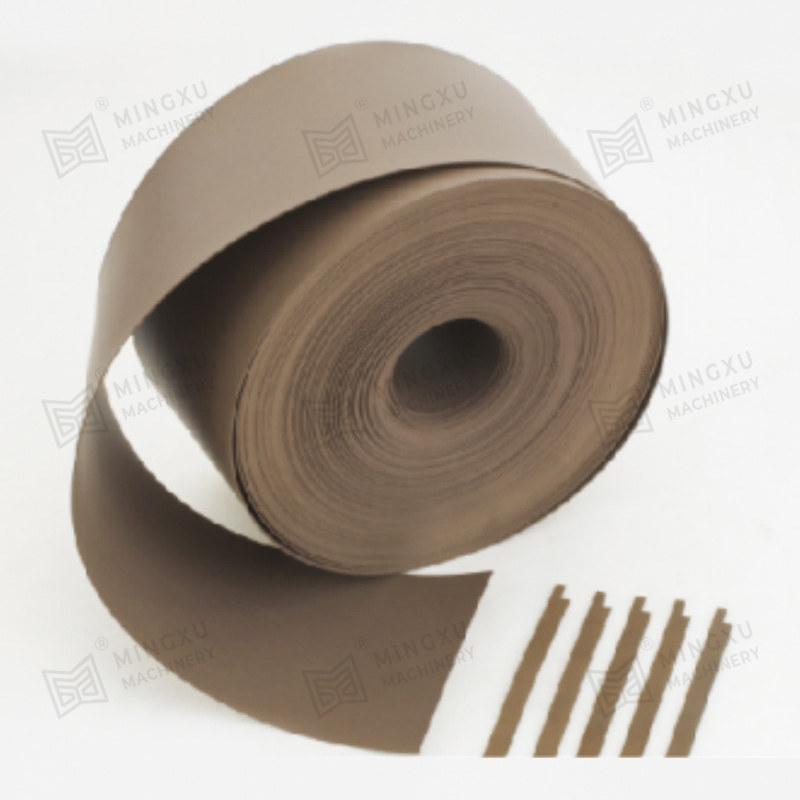
Balancing Traction and Friction
In some cases, a soft belt bearing’s surface texture is designed to provide traction while still minimizing friction. This is essential in systems where parts must move smoothly but also require controlled motion. For example, conveyor belts or timing belts need to maintain a certain level of grip to prevent slippage while allowing for efficient movement.
A textured surface provides this balance. It offers enough grip to control the movement while still reducing unnecessary friction. This controlled motion is critical in many industrial applications where precision and efficiency are required.
Debris Control and Durability
The environment in which a soft belt bearing operates can also affect its performance, particularly if dust, dirt, or other contaminants are present. A well-textured belt can help with debris control by allowing these particles to escape through the grooves rather than building up on the surface.
When debris accumulates, it can increase friction and cause the belt to wear out prematurely. A textured surface prevents this, ensuring that contaminants don’t interfere with the smooth operation of the system. Additionally, the grooves can help sweep debris away from critical areas, further reducing wear and maintaining low friction over time.
The surface texture of a soft belt bearing is a vital aspect of its design, influencing how effectively it can reduce friction and maintain long-term performance. Whether through lubrication retention, enhanced wear resistance, improved heat dissipation, or controlled traction, the texture of the belt plays a central role in determining how well the bearing functions in various applications. By carefully engineering the texture, manufacturers can optimize the bearing’s ability to reduce friction while ensuring durability and reliability in demanding environments.




 English
English Español
Español
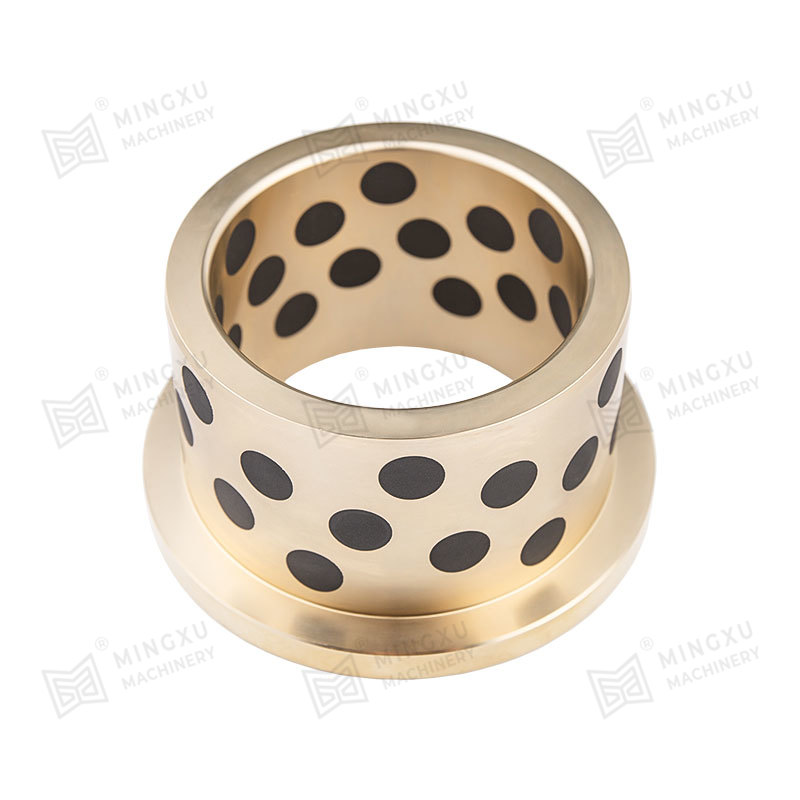
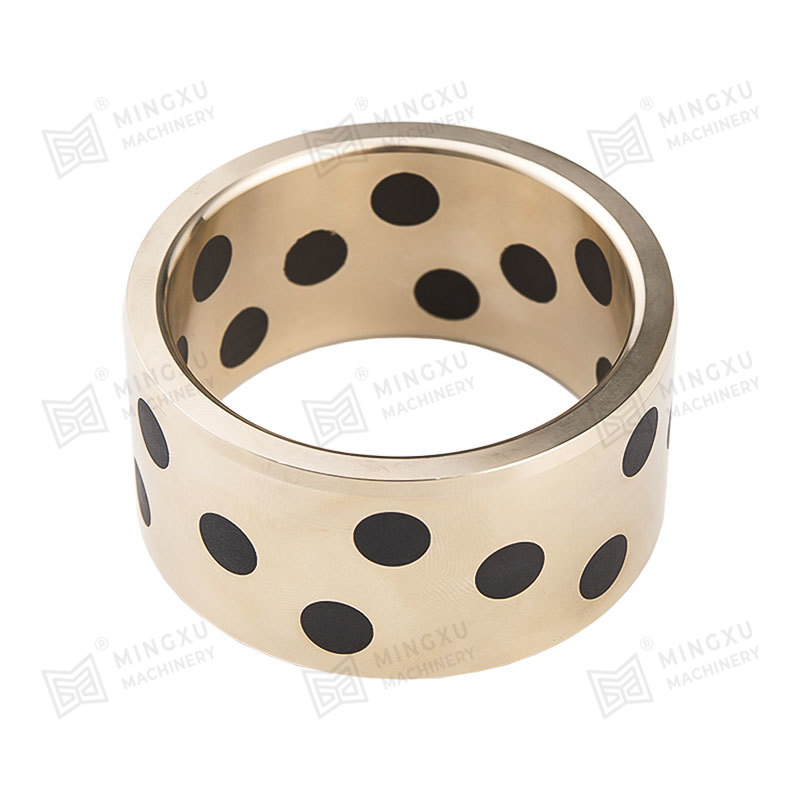
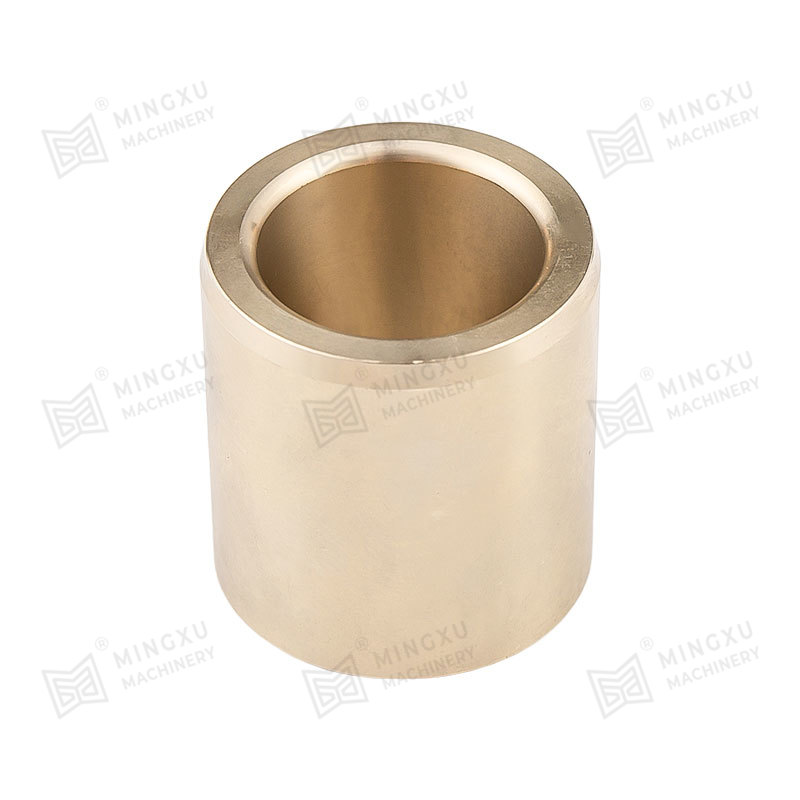
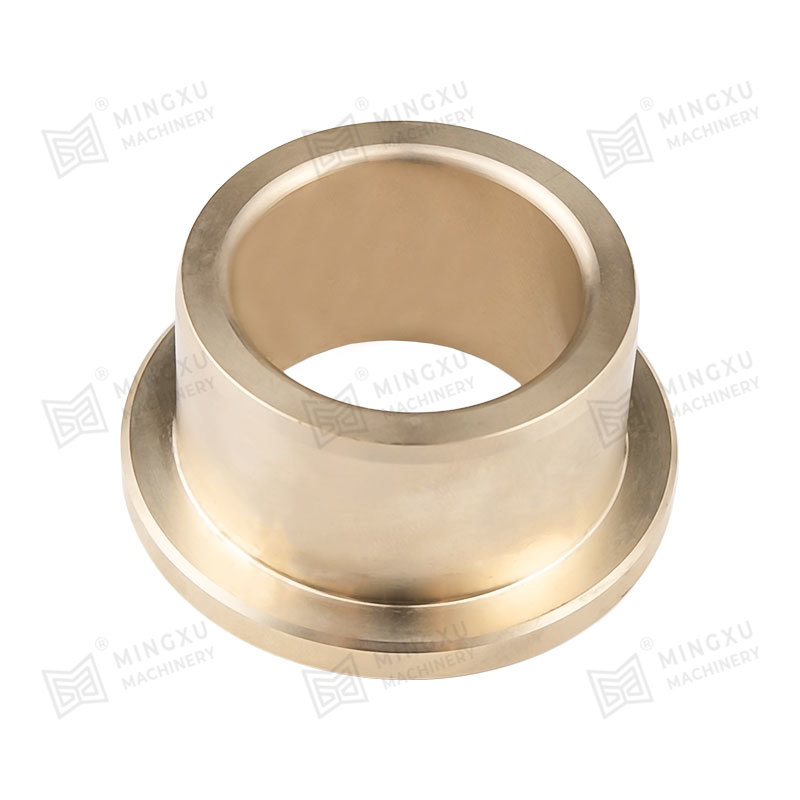
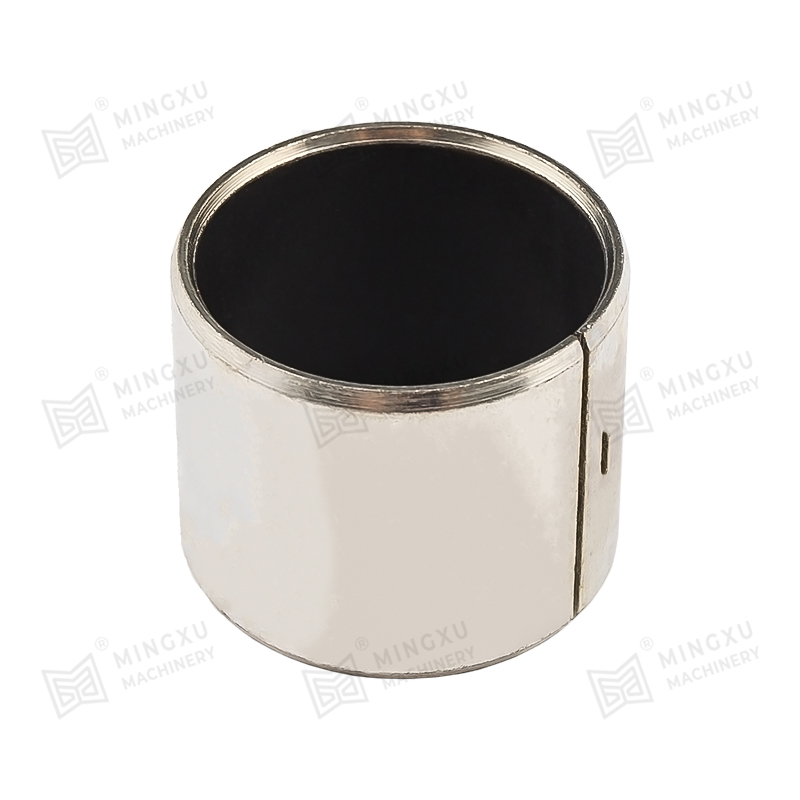
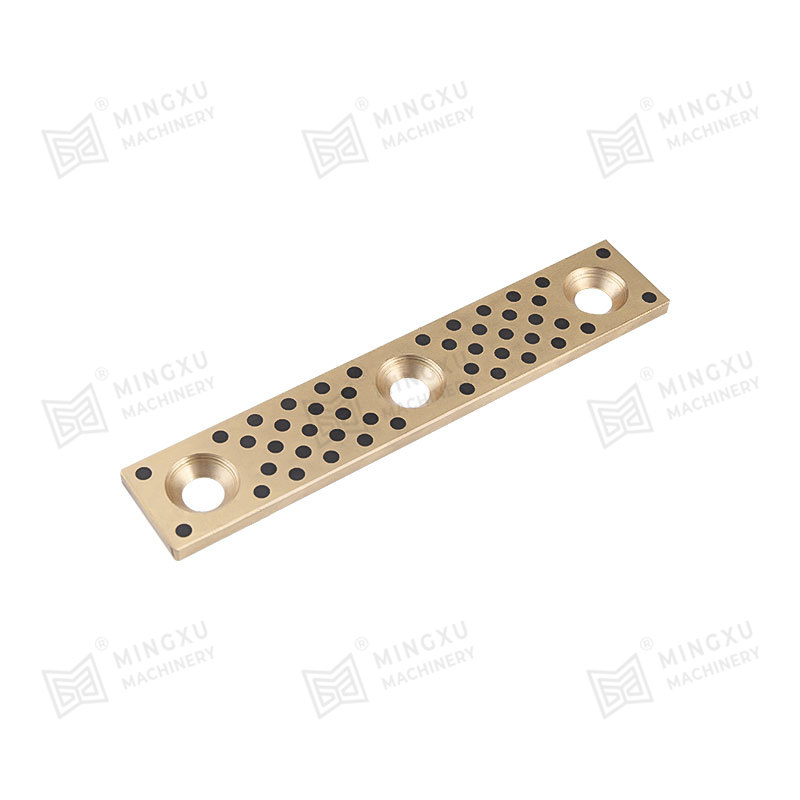
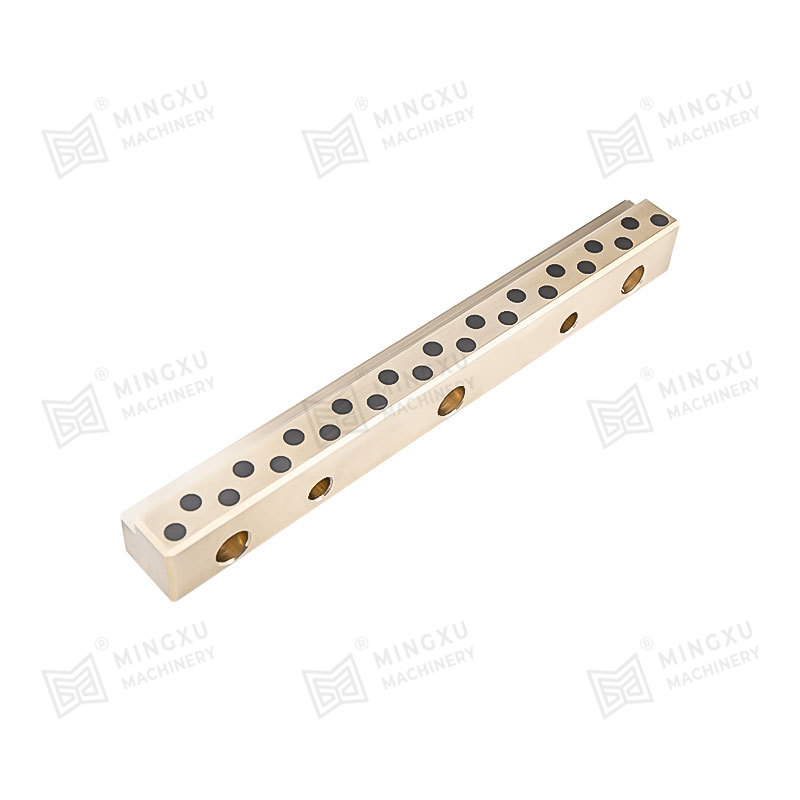
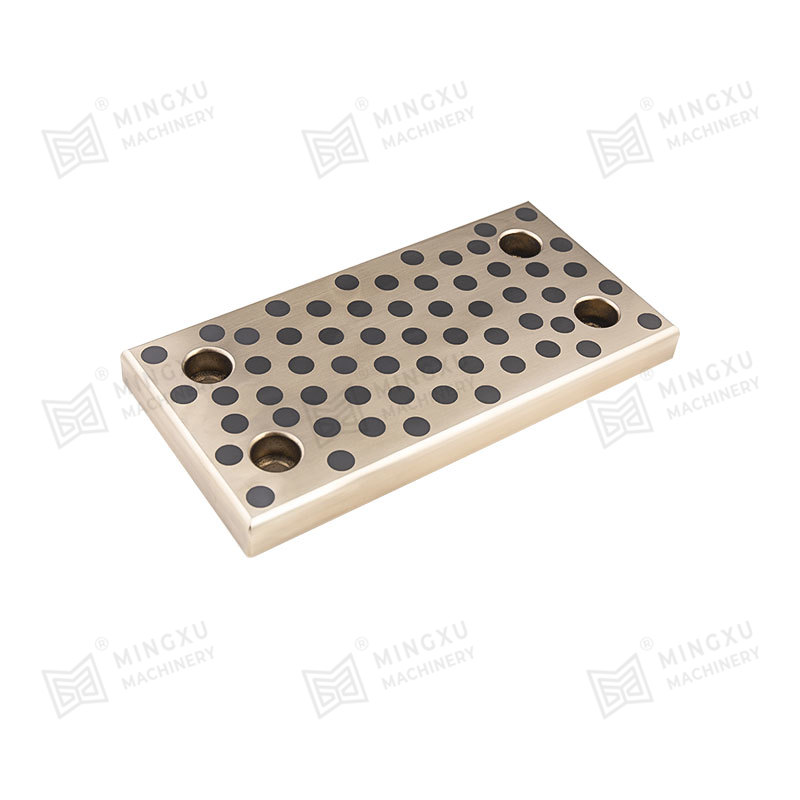
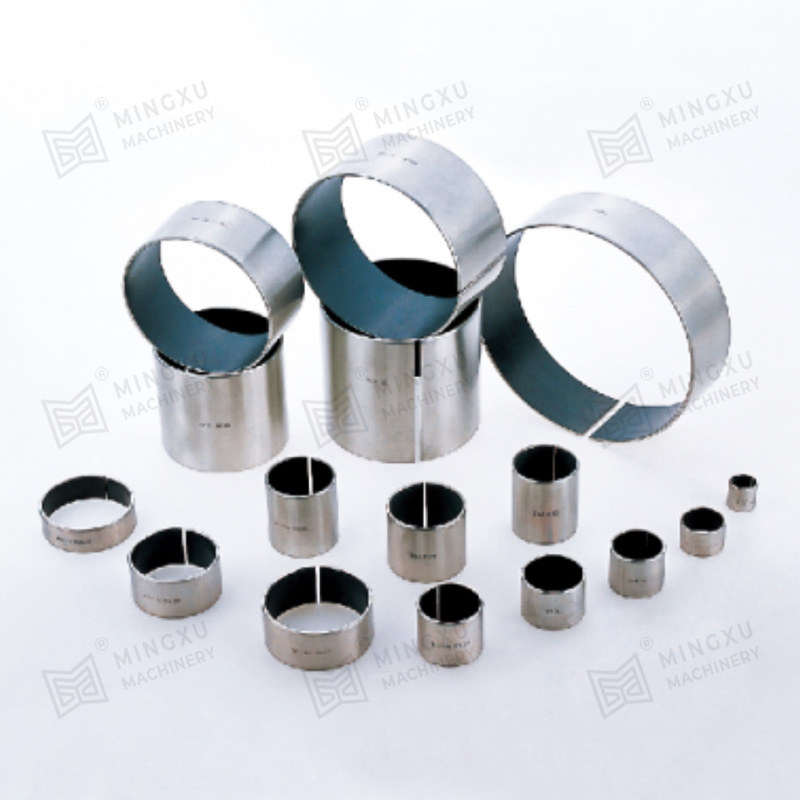








Contact Us